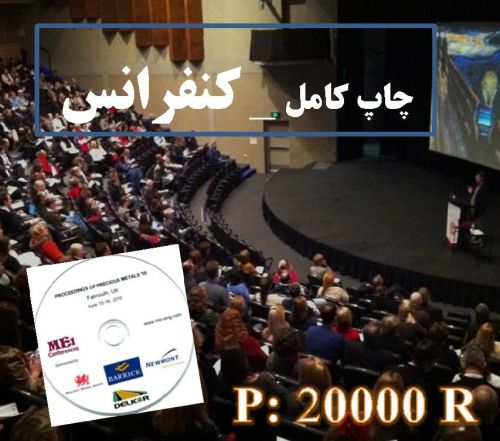There are different ways to allow the voters to express their preferences on a set of candidates. In ranked voting systems, each voter selects a subset of candidates and rank them from most to least preferred and hence the score obtained by each candidate is the weighted sum of the scores receives in different places. The principal drawback of such scoring rules is that they assume the votes of all voters have equal importance and there is no preference among them. Here, we generalize the existing scoring rules to overcome the mentioned drawback. We also extend the method proposed by Wang et al. [7] to discriminate efficient candidates by comparing the least relative scores for each efficient candidate with the best and the least total scores measured in the same range. The proposed method is illustrated with a numerical example.
کلید واژگان :Data envelopment analysis, the least and best relative efficiencies, voting
ارزش ریالی : 500000 ریال
با پرداخت الکترونیک
جزئیات مقاله
- کد شناسه : 6143266241455099
- سال انتشار : 2010
- نوع مقاله : مقاله کامل پذیرفته شده در کنفرانس ها
- زبان : انگلیسی
- محل پذیرش : 2nd National Conference on Data Envelopment Analysis
- برگزار کنندگان : Faculty of Sciences, Islamic Azad University of Rasht
- تاریخ ثبت : 1394/03/05 22:16:54
- ثبت کننده : علی ابراهیم نژاد
- تعداد بازدید : 316
- تعداد فروش : 0
